How much water does my lawn need?
Watering your lawn can seem like a simple task, but figuring out the right amount of water to use, when, and how to apply it can make a significant difference in your lawn’s health and appearance.
This guide will walk through the various factors that influence how much water your lawn needs and give you some helpful watering tips to maintain a lush green lawn.
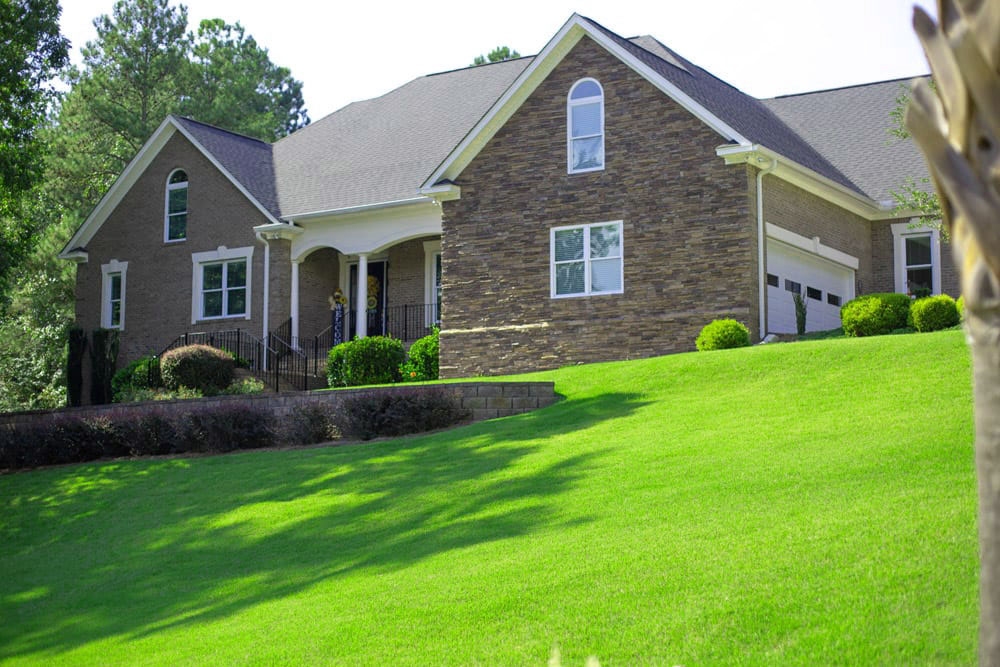
Benefits of a well-maintained lawn
A well-maintained lawn is not just a feast for the eyes; it provides numerous benefits such as preventing soil erosion, enhancing property value, providing a great place to play, and even improving mental well-being by offering a green and peaceful environment.
However, in our hot summers lush green lawns can quickly transform into brown and barren wastes. Watering your lawn is essential if you want to enjoy a green lawn all summer long.
Factors to consider for watering your lawn
Grass Type
It is essential to know what sort of grass you have as it makes a big difference in how you care for it, especially when it comes to watering. There are two broad categories of grasses: Cool Season Grasses and Warm Season Grasses.
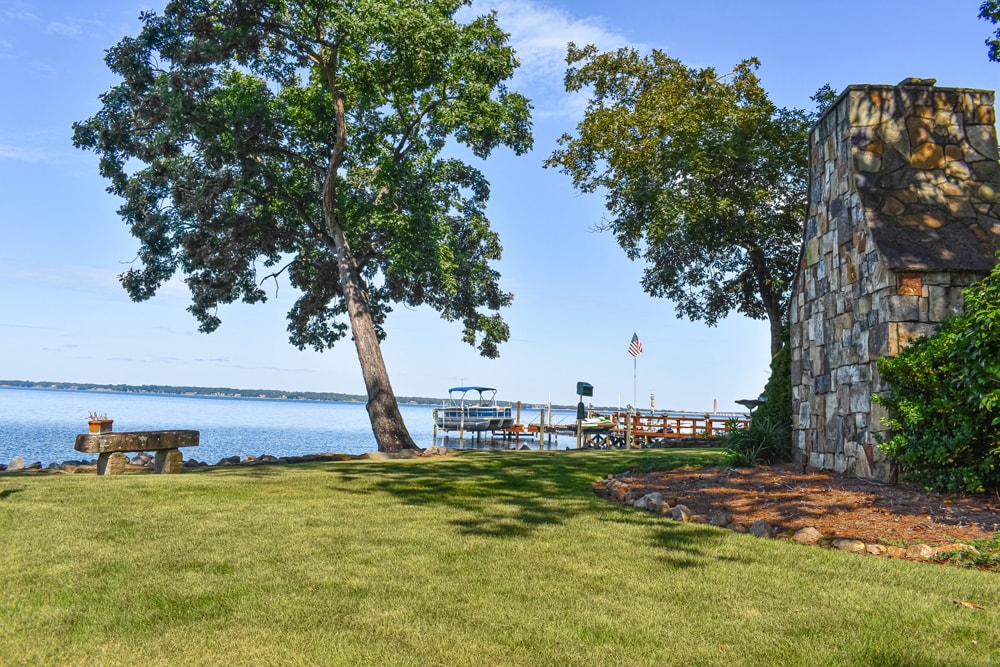
Cool Season Grasses:
These grasses thrive in cooler temperatures and are typically found in the Northern parts of the United States, Europe, and other temperate regions. Despite growing best in cooler climates, many southern homeowners choose these grasses as they can be luxuriously soft and deeply green. These grasses typically require more, and more frequent, watering.
Common cool season grasses include Kentucky Bluegrass, Fescues, Ryegrass, and Bentgrass.
Cool season grasses can be prone to overwatering and generally do better with more frequent, but shorter duration watering sessions.
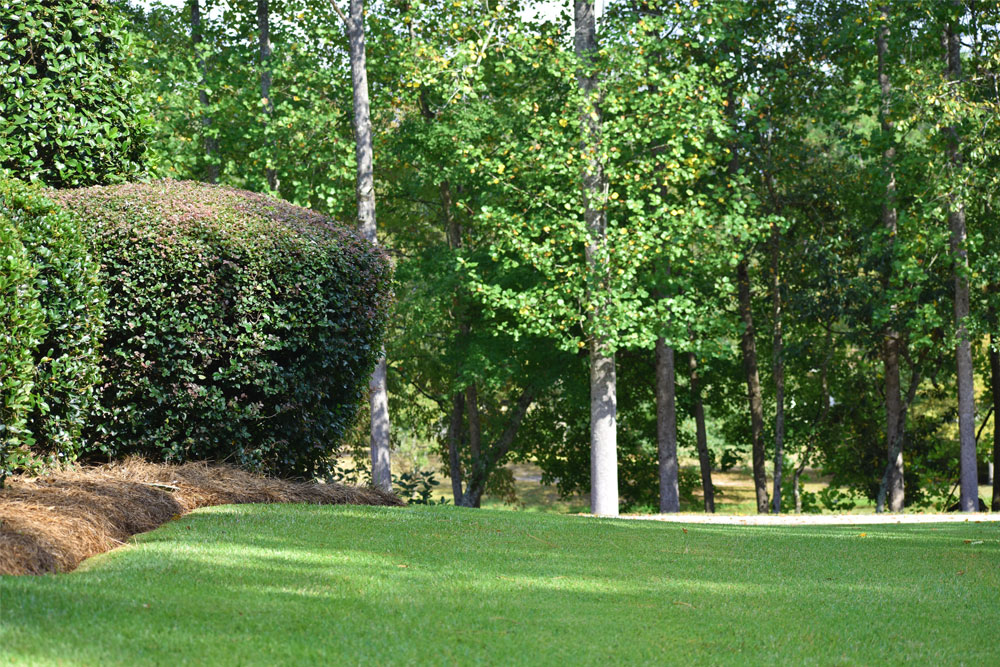
Warm Season Grasses:
These grasses prefer warmer climates and are common in the Southern parts of the United States and other tropical or subtropical regions.
They are generally more drought-tolerant and need less water compared to cool-season grasses.
Common warm season grasses include Bermuda Grass, Zoysia, St. Augustine Grass, Buffalo Grass, and Centipede Grass.
Climate
The climate where you live will heavily influence your watering needs. A lawn in a dry, arid region will require more frequent watering compared to one in a more mild area.
Here in Columbia SC we experience hot, humid summers with highs that regularly exceed 90 degrees, necessitating regular watering even for hardy warm season grasses. The amount, and timing of rainfall will definitely make a difference in your watering schedule. In Columbia we receive upwards of 45 inches of rain per year, and there will be times when mother nature takes care of your lawn’s watering needs. Extreme weather conditions like drought or heat waves, on the other hand, may mean that your lawn needs more frequent watering.
Modern sprinkler systems can include rain sensors and will automatically skip a scheduled watering session if they detect that sufficient rainfall has occurred.
Soil Type
Different soils have distinct water retention capabilities. Sandy soil may need more frequent watering, whereas clay soils might hold onto water longer.
Keep in mind that how your soil impacts your watering needs is very complex. While it is true that clay soils retain moisture, they also absorb moisture more slowly. Also, clay soils can suffer from compaction – resulting in soil that simply refuses to absorb water at all!
To make matters more confusing, the slope of your lawn and runoff from nearby impervious surfaces like driveways or roads can change your local watering needs.
Knowing when to water your lawn
The best time of day to water your lawn is in the early morning – before 10am. By watering early you prevent significant evaporation loss that comes with afternoon watering. While watering in the evening is a better watering time than afternoons, evening watering increases the chances of fungal diseases due to the grass remaining excessively wet through the night.
While the timing for watering grass is simple and straightforward, determining whether or not to water your grass is slightly more complex. Your grass will generally do a good job of telling you if it is in need of watering, taking on a duller hue and losing its natural springiness. Pay attention to how your grass changes in character after watering.
Another way is to pay attention to the moisture content of your soil. One quick way to assess soil moisture is by trying to insert a 6-inch screwdriver into the ground. If the screwdriver shaft can be pushed into the ground with relative ease, your soil contains enough water. If not, then the soil is dry and your grass will benefit from a watering session.

How much water should you use for lawn watering
For established lawns, generally, one to one and a half inches (1” – 1.5”) of water per week suffices. Newly seeded or sodded lawns may require daily watering at first to ensure proper root growth.
Cool season grasses in warm climates may benefit from more, and more frequent watering, and heavily shaded areas may require less water.
Regardless of the type of grass you have, you should allow your soil to partially dry before watering.
How to know you’ve given your lawn the right amount of water
A properly watered lawn will look vibrant and healthy. The soil should be moist but not soggy. The screwdriver test (mentioned above) can tell you if you’re hitting the mark.
We recommend timing how long it takes to achieve the right level of moisture and then use that time as a benchmark in the future. Remember, too much water can be just as detrimental to your lawn as too little.
Longer Watering Sessions, Deeper Roots?
A common piece of gardening lore is that longer watering sessions encourages grass to develop deep roots. This is close to the truth, but in fact misses the mark. The reality is that allowing your soil to partially dry encourages grass to develop deeper root systems, while soils which are permitted to remain moist all the time encourage grass to develop extensive, but shallow roots. Oftentimes, homeowners who allow their soil to dry more completely will make up for it with longer watering times – hence the origin of this myth.
However, root depth is a somewhat problematic metric for homeowners to care about. You can’t easily measure it and not all deep rooted grasses are more drought tolerant.
What is clear, however, is that keeping your soil moist all the time is potentially problematic, and makes your grass more susceptible to drought conditions as well as fungal infections.
If you’re struggling to find the happy medium for your watering needs, we recommend having a professional help you determine your ideal watering schedule. They will take into consideration the type of grass you have, the slope of your lawn, and the makeup of your soil.
Watering your lawn automatically
Manual watering is a time consuming chore that is easy to get wrong. An easier solution is to use an automated irrigation system. While many people are familiar with older systems that were difficult to program, modern sprinkler systems, like those from Rainbird, are easy and intuitive to use and include helpful features like automatic rain-sensing shutoff systems.
If your yard doesn’t have an in-ground sprinkler system, you can still enjoy the benefits of an automatic watering system by connecting your hose to a timer. These systems tend to be fairly simplistic – but you won’t have to worry about watering your lawn while you’re away on vacation during the hot summer.
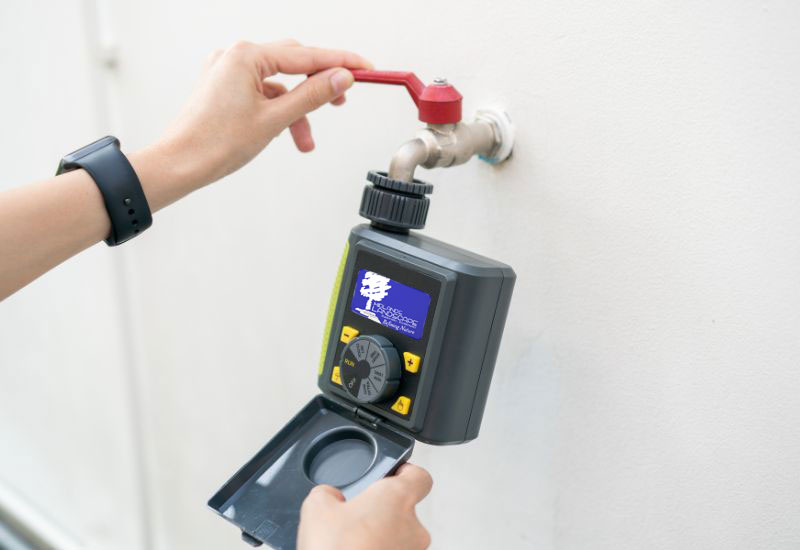
In-ground sprinklers
In ground-sprinklers are a permanent solution that can cover large areas with precise control over water distribution. These systems are essentially invisible when not in use and deliver water exactly where it is needed.
With the ability to install different types of sprinkler heads and even the option for multiple watering zones, in-ground sprinklers are the best option for a healthy lawn.
Hose-end sprinklers
An affordable and flexible option, hose-end sprinklers are an easier lawn care solution than watering your yard by hand.
Pulsating sprinklers
Pulsating sprinklers, also known as impact sprinklers, are an option that can deliver a lot of water to a large area. These are a good option for large, open lawns, but may end up wasting water in irregularly shaped areas.
Oscillating sprinklers
Oscillating sprinklers provide a gentle rain-like watering and are suitable for smaller lawns or delicate plants. Due to their small coverage these sprinklers are impractical for large yards.
Just The Right Amount
Watering your yard is a science as much as an art. Understanding the specific needs of your grass type, soil, and climate will lead to a healthier and more beautiful lawn. While manual watering is doable, it requires a great deal of attention in order to get the timing right. We recommend using an automated sprinkler system to make the task effortless.
When properly watered your lawn will reward you with a lush and lively appearance all summer long!

Read More of Our Blogs
